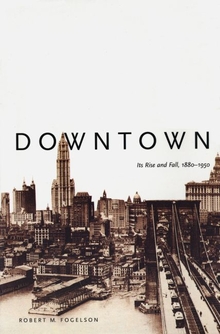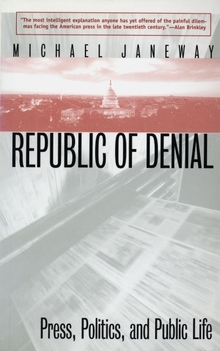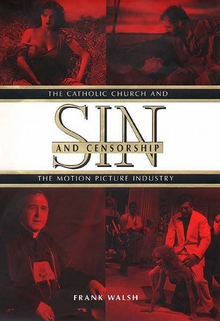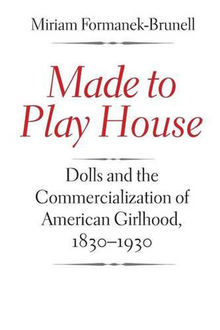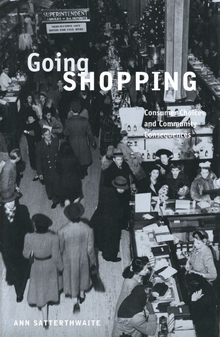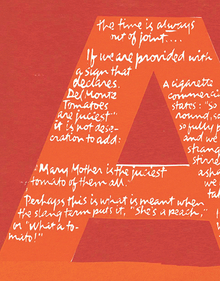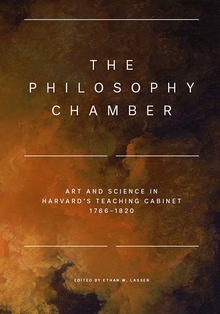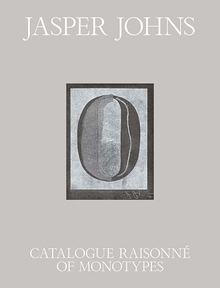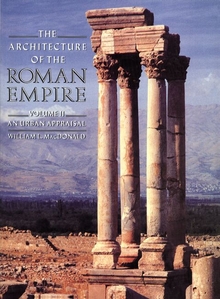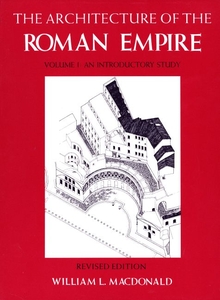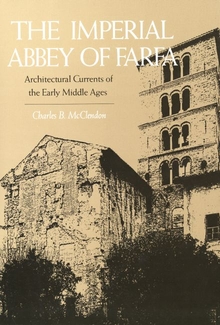Mirror-Travels
WARNING
You are viewing an older version of the Yalebooks website. Please visit out new website with more updated information and a better user experience: https://www.yalebooks.com
Robert Smithson and History

Read this book online via the A&AePortal, our art and architectural history eBook platform. To learn more about how to access this book, please contact us.
Robert Smithson (1938–1973), an artist of paramount importance in postwar America, created radical new perspectives for landscape architecture, photography, art criticism, and site-specific installation. His Spiral Jetty—a 1,500-foot-long coil of rock built in 1970 at the edge of the Great Salt Lake—is widely appreciated as one of the most significant art projects of the twentieth century. Less well known is the connection between the Jetty and the nearby Golden Spike National Historic Site, location of the completion of the first U.S. transcontinental railroad. The link between these two monuments is but one facet of an entire complex of historical reference and reflection that structures Smithson’s work.
Mirror-Travels encompasses the full span of Smithson’s career, offering a close analysis of the artist’s working model of history and featuring comprehensive case studies of three of his most influential works: “The Monuments of Passaic,” “Incidents of Mirror-Travel in the Yucatan,” and the Spiral Jetty. Incorporating abundant new material from Smithson’s personal papers and library, Jennifer Roberts offers surprising new interpretations about the artist and his responses to the social, ideological, and material contradictions of his time.
Jennifer L. Roberts is assistant professor of the history of art and architecture at Harvard University.
"This engrossing study of the work of Robert Smithson is based on highly focused and informed research, offering fresh interpretations and closely argued readings that are a significant addition to Smithson scholarship."—Lynne Cooke, Curator, DIA Center for the Arts, New York
"Mirror-Travels is a very valuable addition to art historical and theoretical literature on Smithson, providing new and illuminating accounts of Smithson’s career and most striking works. This book will have to be read by anyone interested in Smithson and in the critical discourse for which he is a major touchstone."—Gary Shapiro, Tucker Boatwright Professor in the Humanities, University of Richmond
“A richly textured read. . . . More art history should be written with the kind of imagination and verve displayed here.”—Pamela M. Lee, Bookforum
Publication Date: May 11, 2004


